Lighting is not just about illumination; it is a pivotal element that shapes the ambiance and functionality of interior spaces. Whether natural or artificial, the strategic use of lighting can transform a room from mundane to captivating, influencing mood, productivity, and overall well-being. In this blog series, we will explore the essential aspects of lighting design and how it can elevate the aesthetics and functionality of your living or working environment.
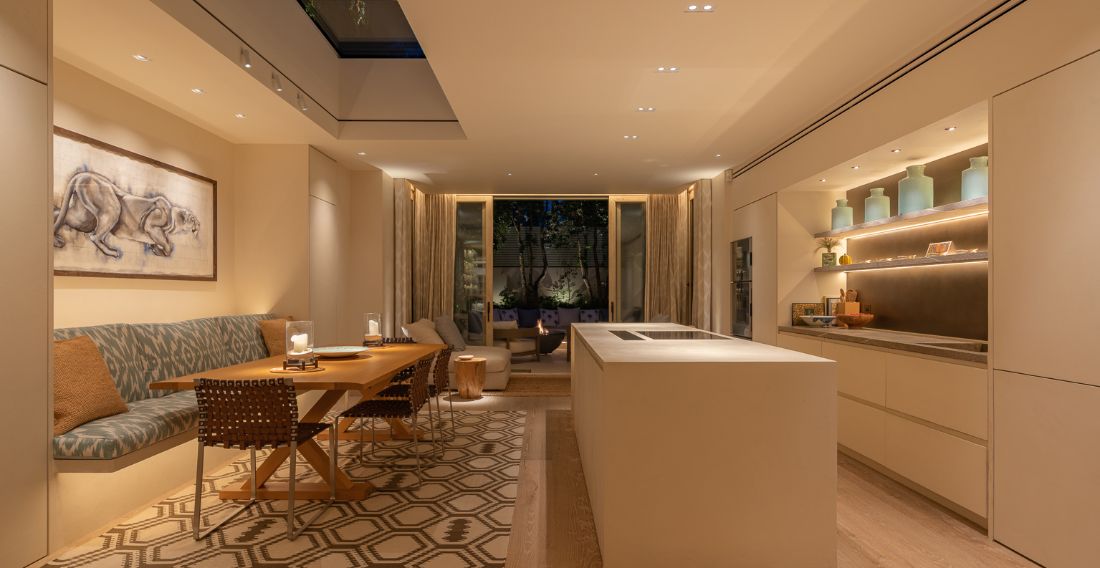
Understanding Lighting Types and Their Effects
Effective interior lighting design begins with understanding the different types of lighting and their respective impacts on a space.
Natural vs. Artificial Lighting
Natural light, streaming through windows and skylights, offers unparalleled benefits such as enhancing the perception of space, boosting mood, and providing a connection to the outdoors. However, its availability and intensity vary throughout the day and with seasons, necessitating supplementary artificial lighting solutions to maintain consistent illumination levels.
Artificial lighting, on the other hand, provides control and reliability. It encompasses three main types:
Ambient Lighting:
This foundational layer provides overall illumination to a room, ensuring it is adequately lit without glare or shadows. Ambient lighting can be achieved through ceiling-mounted fixtures, track lighting, or wall sconces strategically placed to distribute light evenly.
Task Lighting:
Essential for performing specific activities like reading, cooking, or working at a desk, task lighting is targeted illumination that reduces eye strain and enhances productivity. Adjustable desk lamps, under-cabinet lighting in kitchens, and vanity lights in bathrooms are typical examples.
Accent Lighting:
Use of highlight architectural features, artwork, or decorative elements; accent lighting adds depth and visual interest to a room. Spotlights, track lighting, or wall-mounted fixtures with adjustable heads are effective in directing attention and creating focal points.
Each type of lighting serves a distinct purpose in interior design, contributing to the overall functionality and ambiance of a space. The strategic combination of these lighting types is crucial in achieving a balanced and harmonious environment.
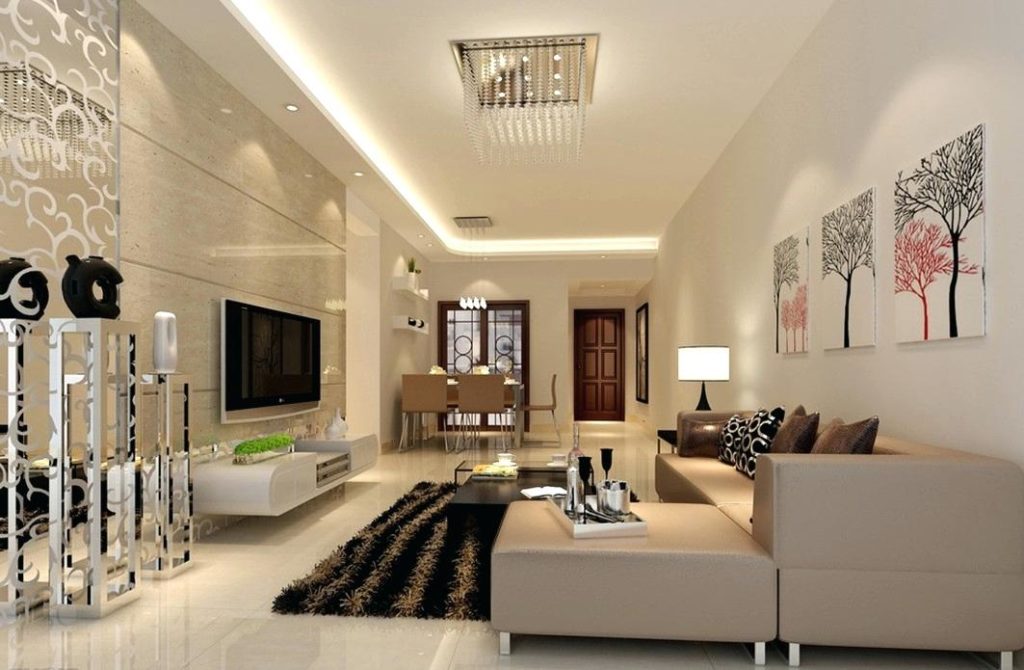
Designing with Lighting Principles
Layering Light for Depth and Flexibility
A hallmark of effective lighting design is layering, which involves combining different types of lighting to create depth, ambiance, and flexibility within a space.
- Ambient Lighting: As the primary source of illumination, ambient lighting sets the overall mood and provides a comfortable level of brightness for everyday activities. In larger spaces or open floor plans, ambient lighting ensures uniformity and reduces harsh shadows.
- Task Lighting: Essential for focused activities, task lighting should be carefully positioned to minimize glare and shadows. For instance, in kitchens, under-cabinet lighting illuminates countertops for food preparation, while in home offices, adjustable desk lamps provide directed light for reading or computer work.
- Accent Lighting: Adds drama and visual interest by highlighting architectural features, artwork, or decorative objects. Spotlights or track lighting with adjustable heads are ideal for creating focal points and enhancing the aesthetic appeal of a room.
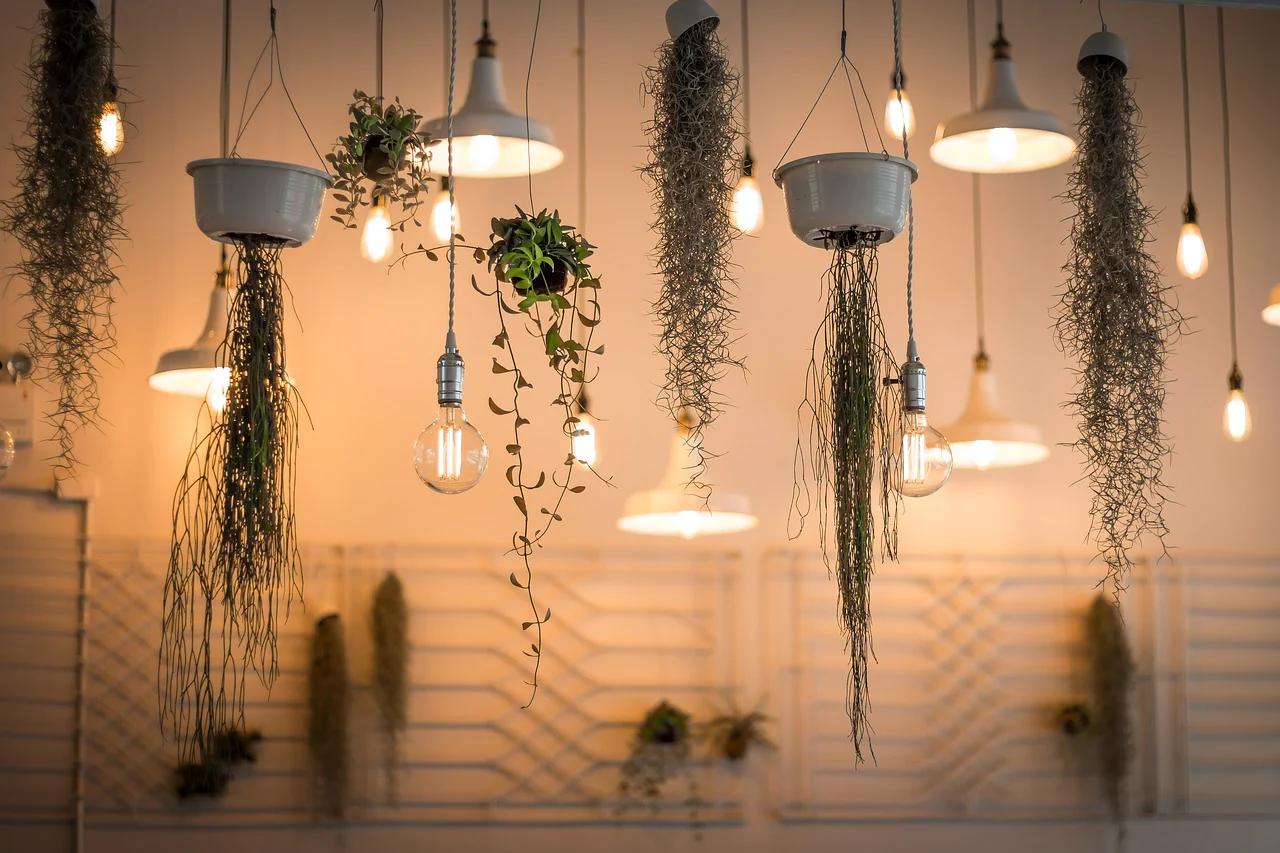
Understanding Color Temperature and Its Impact
Color temperature, measured in Kelvin (K), refers to the warmth or coolness of light emitted by a bulb. Understanding how color temperature influences the ambiance of space is crucial in achieving the desired effects:
- Warm Light (2700K-3000K): This creates a cozy and inviting atmosphere suitable for living areas, bedrooms, and dining rooms.
- Neutral White Light (3500K-4000K): Strikes a balance between warm and cool tones, ideal for kitchens, home offices, and workspaces where task performance is essential.
- Excellent White Light (5000K-6500K): Mimics daylight and is best suited for areas requiring bright, energizing light, such as bathrooms, laundry rooms, and utility spaces.
By selecting appropriate color temperatures for different rooms and activities, you can enhance the functionality and mood of your living or working environment.
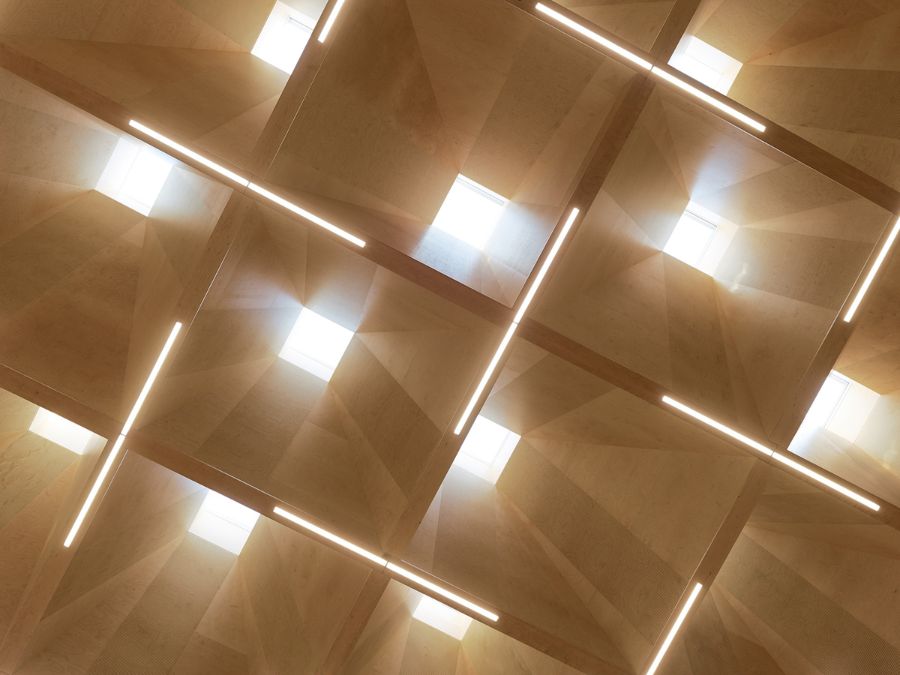
Lighting Techniques for Different Spaces
Tailoring Lighting Solutions to Specific Rooms
Effective lighting design considers the unique functions and atmospheres desired in different rooms of a home or office. Here’s how to optimize lighting for critical spaces:
Living Room and Bedroom Lighting
- Living Room: Create a cozy ambiance with a combination of ambient, task, and accent lighting. Use floor lamps and table lamps for ambient and task lighting, while wall-mounted or recessed lights can provide accent lighting to highlight artwork or architectural features.
- Bedroom: Balance functionality with relaxation by incorporating soft, warm lighting. Bedside lamps with adjustable brightness settings and overhead pendant lights or chandeliers can create a serene atmosphere conducive to rest.
Kitchen and Bathroom Lighting
- Kitchen: Focus on task lighting for food preparation areas with under-cabinet lighting or pendant lights above islands or breakfast bars. Ambient lighting from ceiling fixtures or recessed lights ensures even illumination throughout the space.
- Bathroom: Optimize lighting around vanity mirrors with evenly distributed, shadow-free lighting. Wall-mounted sconces or vertical fixtures flanking the mirror provide ideal task lighting for grooming activities, complemented by overhead ambient lighting.
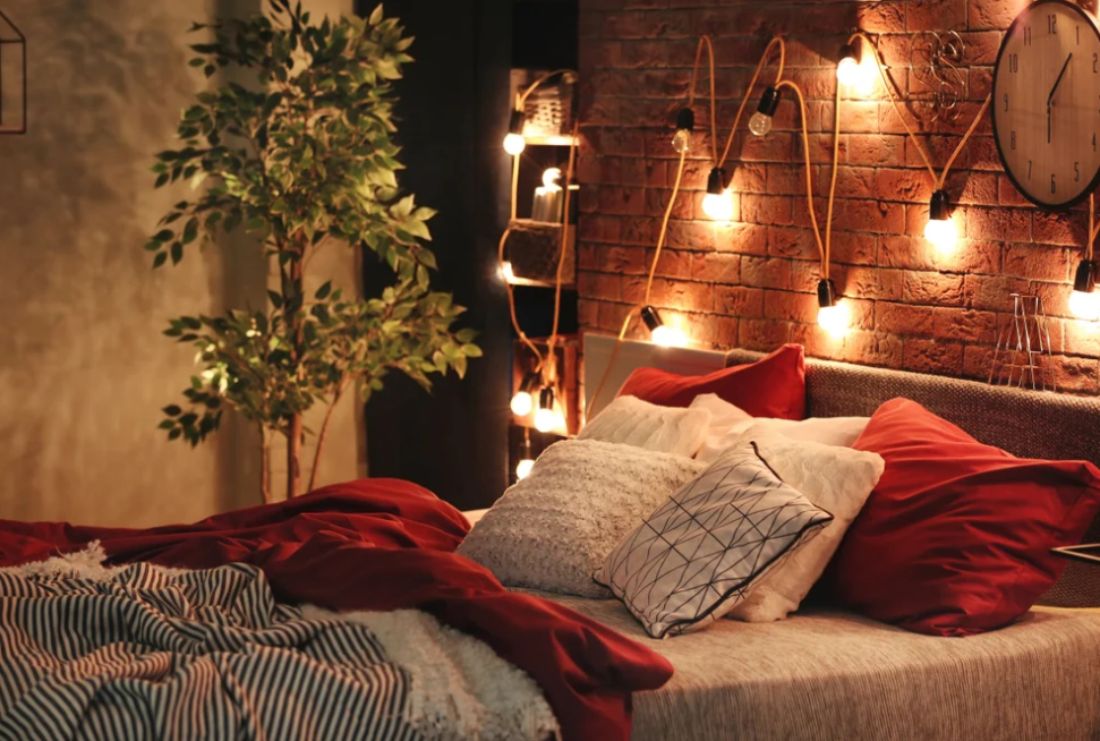
Enhancing Design Aesthetics with Lighting
- Using Lighting as a Design Element
- Incorporate statement light fixtures that double as focal points in a room. Modern chandeliers, pendant lights with intricate designs, or artistic floor lamps can add personality and style to your interior design scheme.
- Experiment with different shapes, materials, and finishes to complement existing decor and architectural elements.
Creating Visual Interest with Shadows and Highlights
- Play with light and shadow to enhance architectural details or create visual depth. Wall washing, where light is evenly spread across a wall’s surface, can highlight textured surfaces or accentuate artwork.
- Use dimmers and adjustable lighting fixtures to control brightness levels and create versatile lighting scenarios for various activities or times of day.
Conclusion
Effective lighting design is essential for creating functional, inviting, and aesthetically pleasing spaces. By understanding the different types of lighting, mastering lighting principles, and tailoring solutions to specific rooms, you can transform your home or office into a place that enhances mood, productivity, and overall well-being. Whether you’re aiming for a cozy living room retreat, a productive home office, or a stylish kitchen, thoughtful lighting design can make a significant difference.
- Phone: +92 3015161981
- Email: info@oddisodd.com
FAQS:
What does a lighting designer do in interior design?
A lighting designer in interior design plans and executes lighting schemes that enhance the functionality, ambiance, and aesthetic appeal of spaces. They strategically place fixtures, select appropriate types of lighting (ambient, task, accent), and consider factors like color temperature and energy efficiency to create optimal lighting environments.
How is lighting used in design?
Lighting is used in design to achieve specific goals such as illuminating tasks, enhancing architectural features, creating ambiance, and influencing the mood of a space. Different types of lighting (ambient, task, accent) are combined and positioned strategically to balance functionality and aesthetics within interior spaces.
What is the role of light in interior design?
The role of light in interior design is multifaceted. It affects how a space looks and feels, influencing the perception of size, color, and texture. Light can highlight architectural elements, artworks, and furnishings while also providing practical illumination for daily activities. Thoughtful lighting design can transform ordinary spaces into inviting, functional, and visually appealing environments.

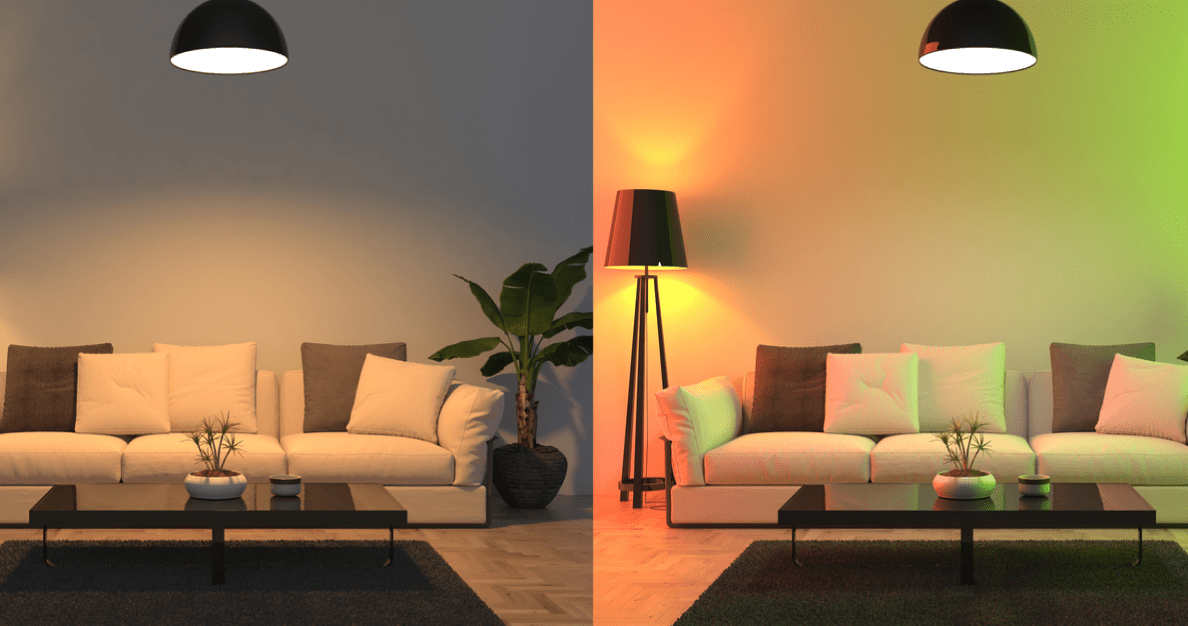


Comments are closed